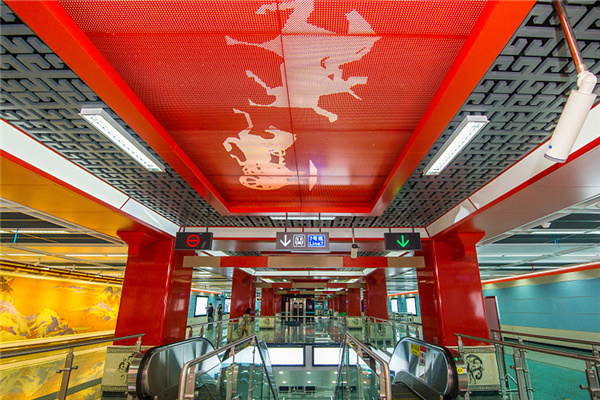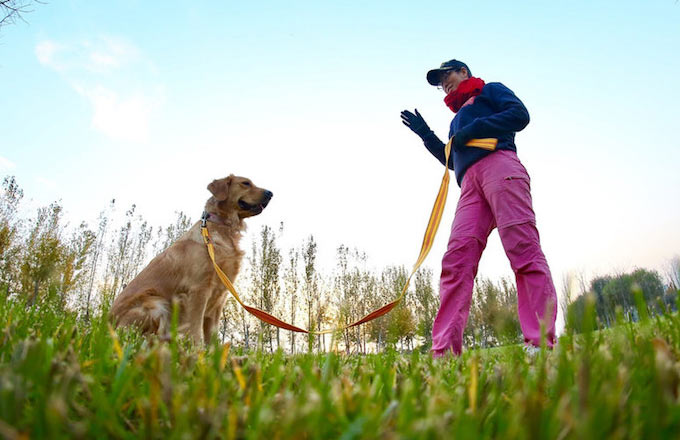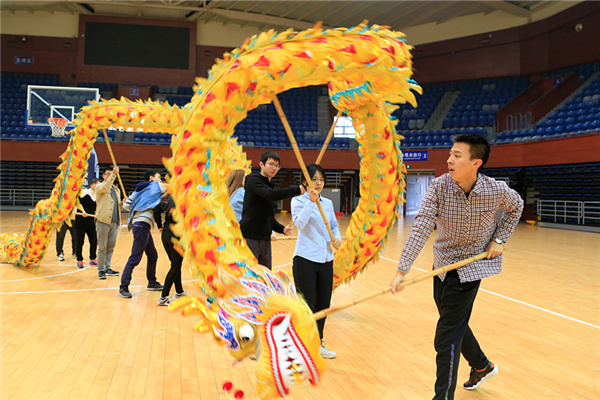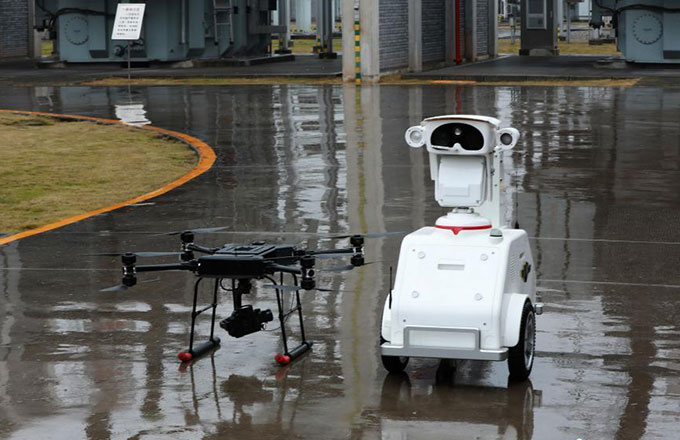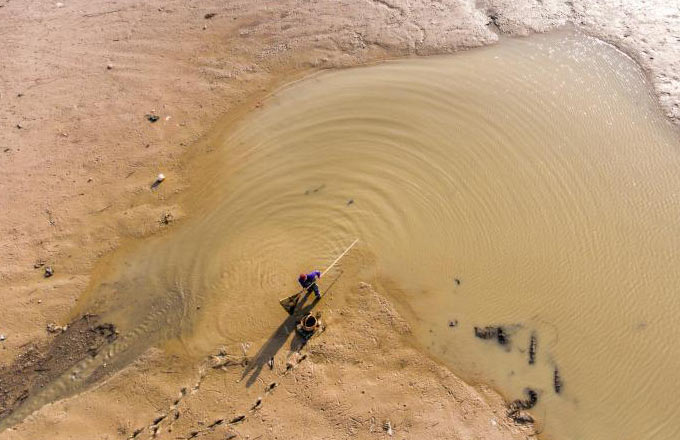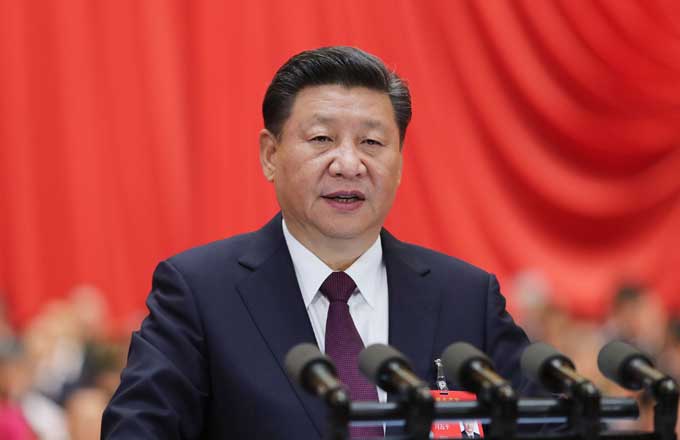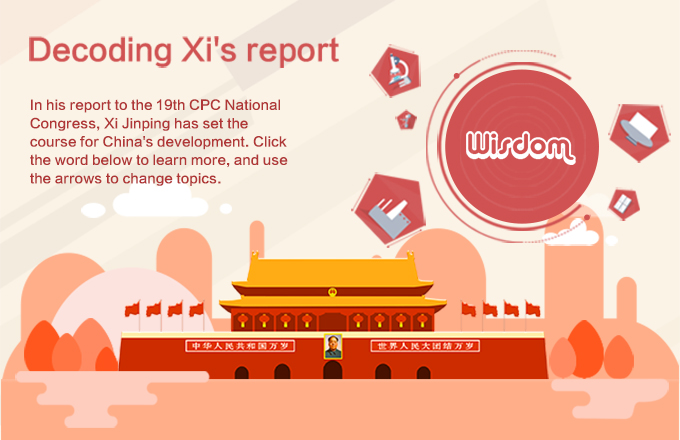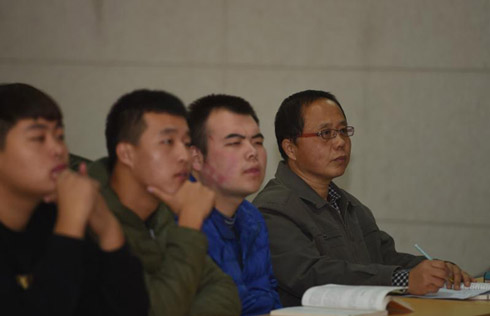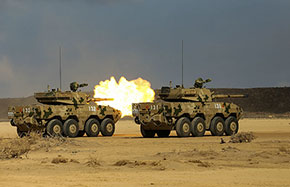Centers need to embrace modern display methods to draw crowds
While patriotic education is still considered highly important, some patriotic education centers, which aim to raise awareness through a range of activities, face problems.
Although they are crowded on special dates, some education centers receive very few visitors at other times.
One such example is the Li Dazhao Martyrs Cemetery in northwest Beijing, where Li, one of the founders of the Communist Party of China, is buried. It was listed as a national patriotic education center in 2001.
Guan Xiaolin, a security guard who has worked at the cemetery for three years, said that the record number of visitors, in his memory, was about 3,000, when a group of soldiers visited on a special day.
"Apart from occasions like that, the place is extremely quiet for most of the year, just as you see now - there's not even a single visitor," he said.
Other centers are experiencing similar situations.
One example is the former residence of Soong Ching Ling, the honorary chairwoman of the People's Republic of China in the 20th century, located near Houhai Lake in Beijing's downtown.
It was Soong's home from 1963 to 1981, and is now a patriotic education center.
"Mostly people come to visit on certain memorial days, such as National Day on Oct 1 and the anniversary of the founding of the Communist Party of China, which falls on July 1. Most visitors come in groups rather than individuals," said a 65-year-old volunteer at the residence, who asked only to be identified by her surname, Gao.
She added that the visitors vary greatly in age, and most come in the name of social groups or Party committees from across the country.
"But the number of individual visitors has risen a lot compared with years ago, thanks to the country's improved patriotic education in recent years and the official website of the residence, where visitors can access exhibition information," she said.
According to Beijing Daily, more than 200,000 visitors visited the residence last year, and the official website of the residence says it received an average of nearly 2,500 visitors a day during the seven-day National Day holiday last year.
In addition, some patriotic education centers fail to meet visitors' expectations because they lack diverse displays and exhibitions.
Tursongul Torgan, a primary school teacher from the Xinjiang Uygur autonomous region in Northwest China, visited Soong's former residence soon after she arrived in Beijing with colleagues for a period of training in late September.
She said young people, especially children and teenagers, quickly become bored with exhibitions and listening to guides.
"Based on my experience, most children around me don't enjoy just reading information boards. They prefer modern displays, which they find more interesting," she added.
Sun Lu, a teacher of Chinese at Hefei No 42 Middle School in East China's Anhui province, said many patriotic education centers still display the history in dull ways, and are failing to keep pace with the times.
"Those centers should provide better services by utilizing modern technologies, such as VR glasses and 4-D films, which will not only attract the attention of teenagers, but also adults," she said.
Jiang Chenglong contributed to this story.


